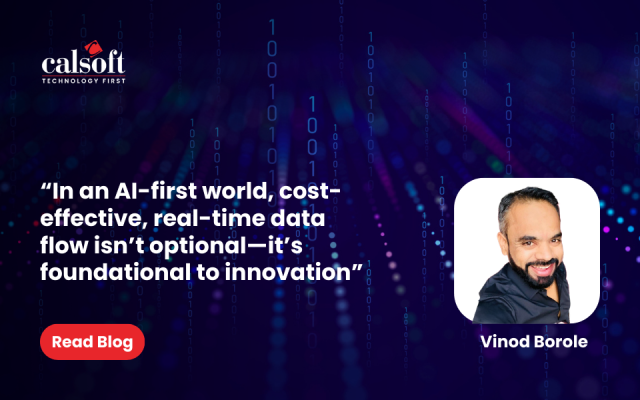Software defined storage is the latest buzz in the storage industry. It gives rise to questions such as how software-defined storage is different from storage virtualization? Is this just old wine in a new bottle? Let us evaluate.
Since the storage was developed it has continued to evolve and being deployed as an external device. JBOD was a simplistic external storage in the early days. However, it came with a couple of disadvantages: disk sizes were fixed and there was no protection against disk failures. RAID, the disk failure protection system, was born. However, RAID did not solve the problem computer systems themselves being susceptible to failures. This made RAID software be placed inside HBA adaptors, and then placed inside JBODs making them more robust, failure tolerant and resistant. This allowed more advanced features such as replication, snapshot, and deduplication.
Though modern hardware storage arrays have many advance features, they are applicable only at disk or logical unit (LU) level. The hardware arrays being unaware of the content can result in inefficiencies such as when LUs of a larger size are created for an application that doesn’t need that many LUs. An example of this underutilization is seen when storage arrays are unable to deduplicate as they are incapable of deduplication, because the contents are unknown.
Typically, the space required by an application grows gradually. Until the time application uses the full space of LU it is underutilized. In recent days this provisioning solved the space efficiency problem but no other problems such as object specific replication, deduplication, and snapshotting. In recent past, cloud computing gave rise to need of multi-tenant storage. Multi-tenant storage with space efficiency still remains a challenge with traditional storage arrays.
Software-defined storage has evolved to address these problems by breaking LU as operational boundary. With software-defined storage, storage arrays will be able to receive content information and policies and apply them as appropriate.
Let us take an example of hypervisor application. Virtual machines are objects of hypervisor ecosystem and undergo various transitions during their life time based on application they are running. Apparently, data associated with VMs also needs to take part in this transition such as replication, snapshotting, cloning, and migration. If VM data is sitting on software-defined storage then these all requirement can be set as policies of data specific to VM. Software-defined storage seems to be really addressing the issues that were unaddressed till date; hence it is not just old wine in a new bottle.
Write to us at marketing@calsoftinc.com
Calsoft Storage Expertise
Leveraging years of experience with Storage platforms, ecosystems, operating systems and file systems, Calsoft stands as pioneer in providing storage product R&D services to ISVs. Our service offerings enable storage ISVs/ vendors to quickly develop next generation storage solutions that can perform and cut across enterprise IT needs.






